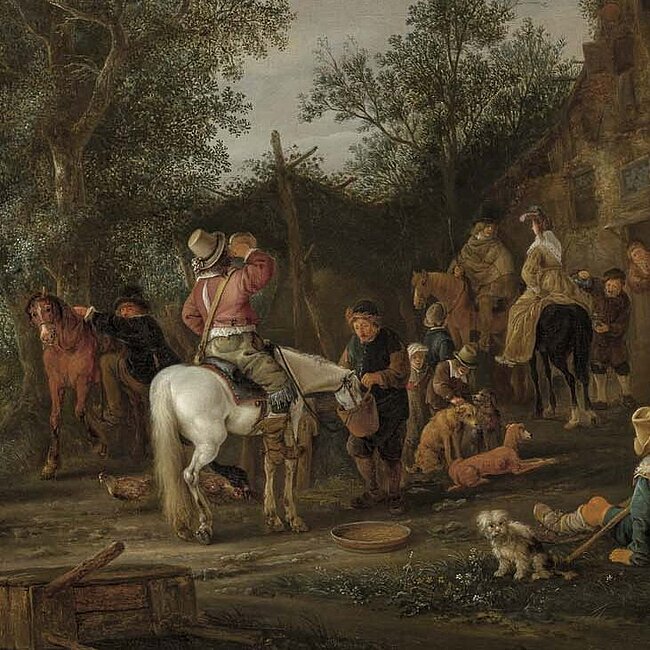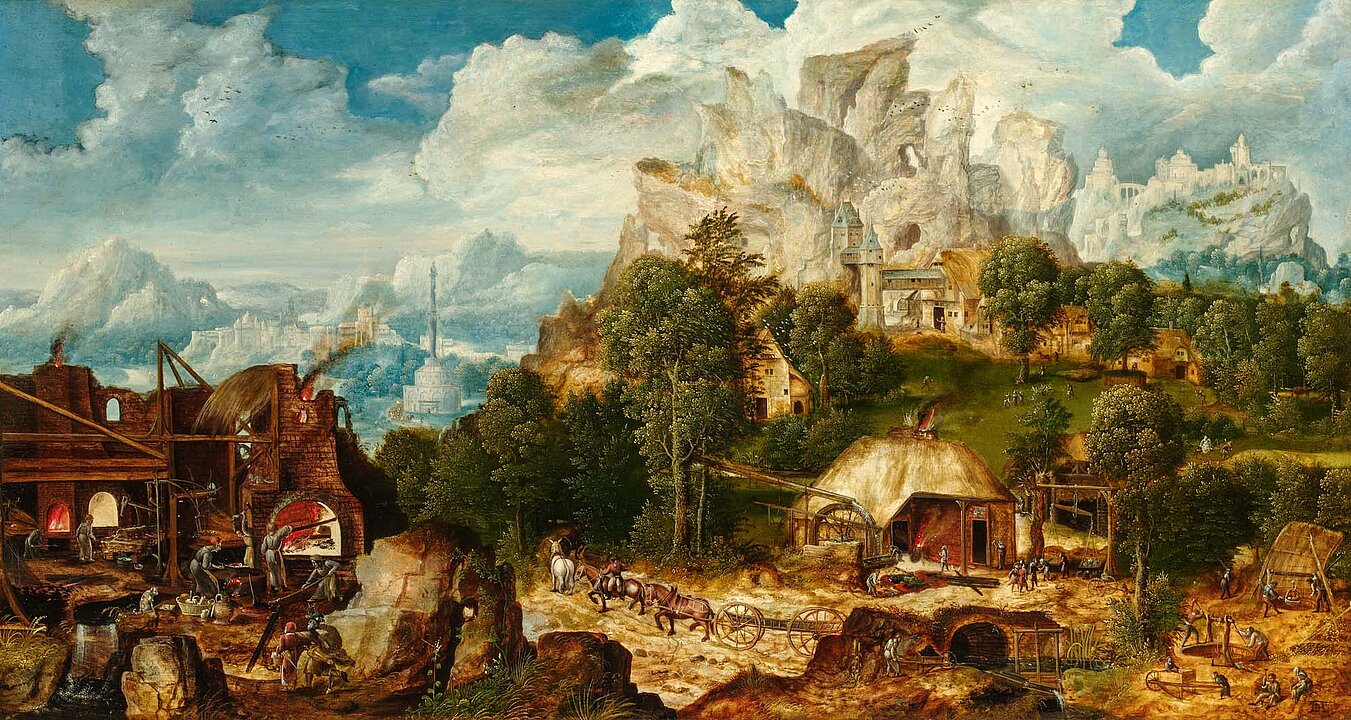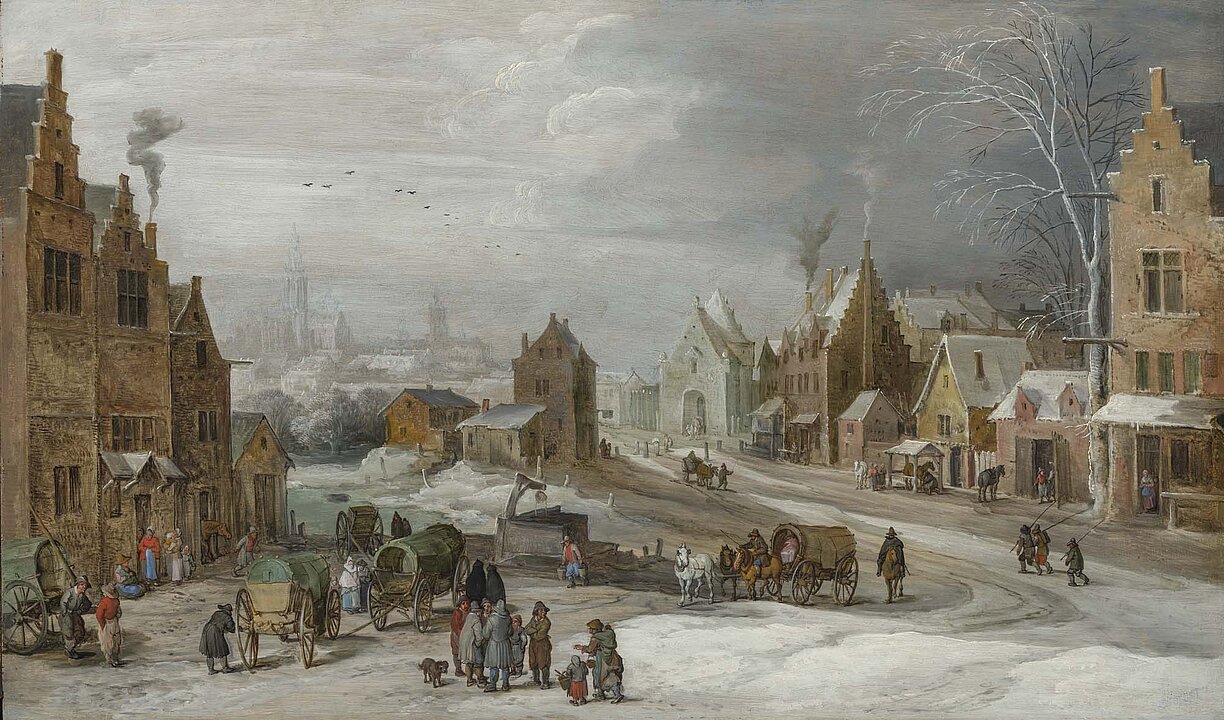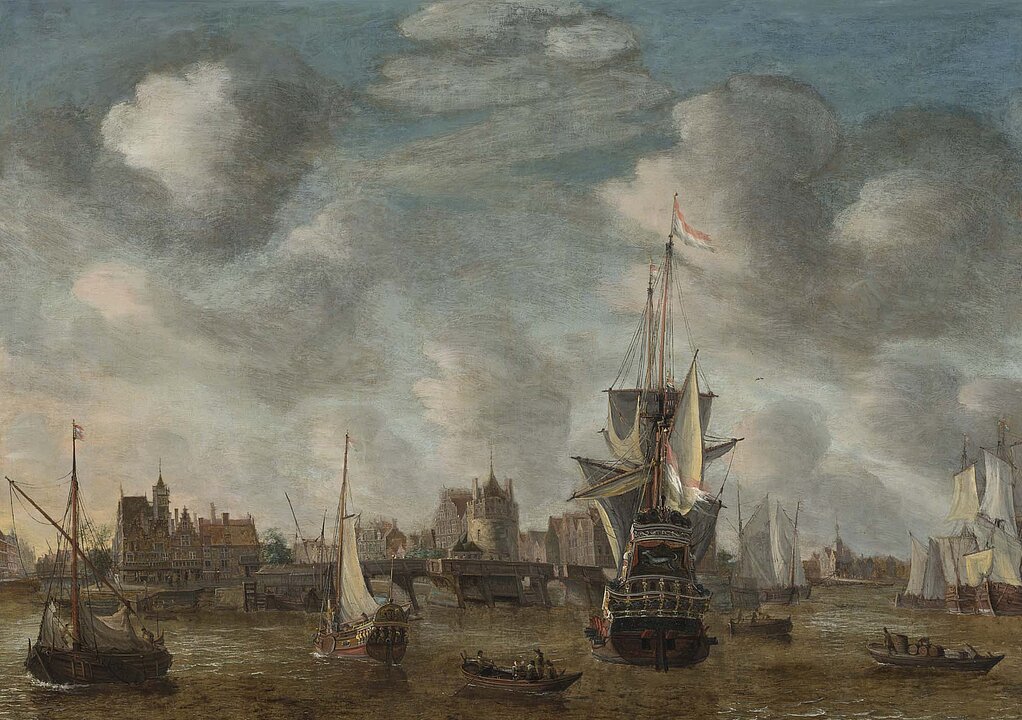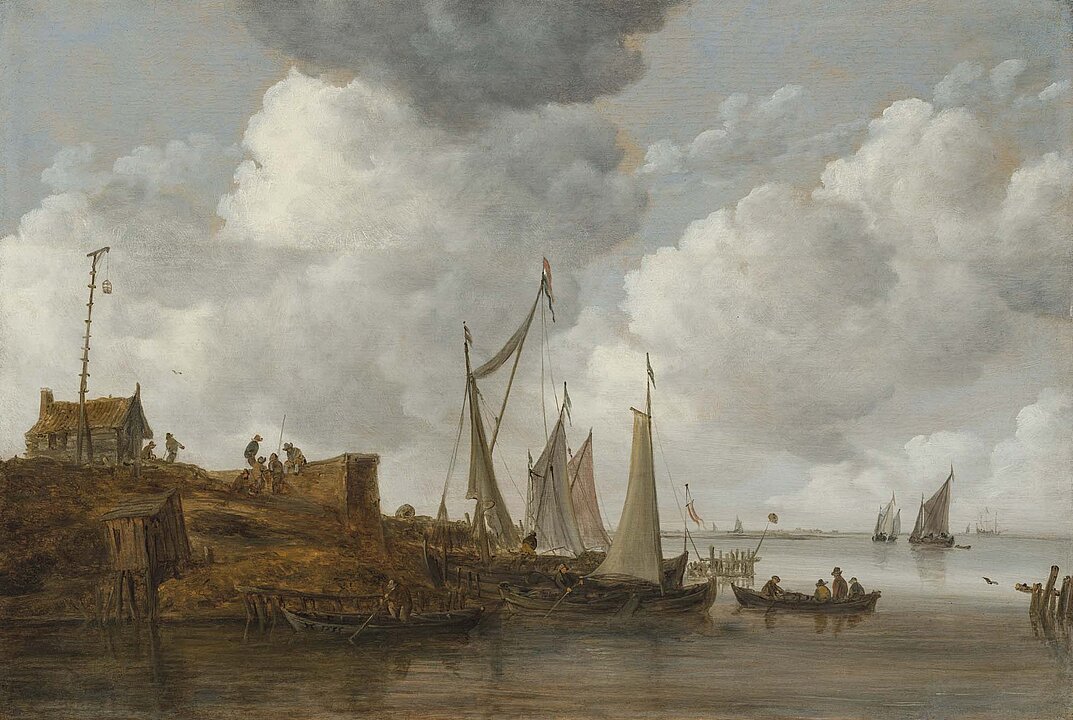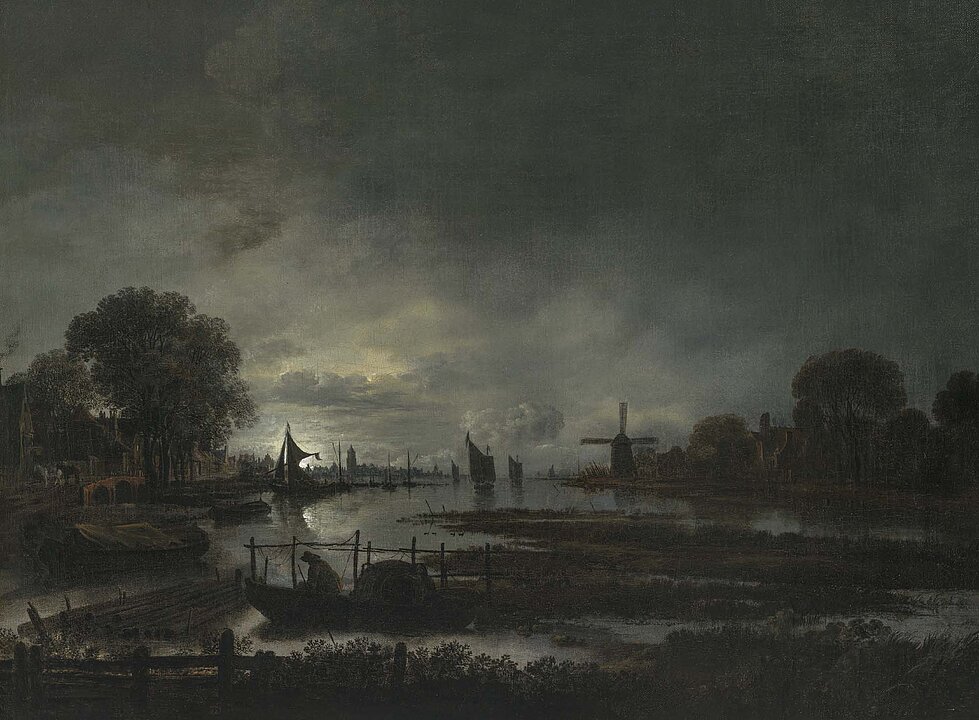Ever-present war also sets Europe in motion. Armies and retinues crisscross the entire continent. They leave a trail of devastation and make the streets unsafe. Those who have lost their livelihoods are forced to become robbers. Entire swathes of land are ravaged by brutal gangs. Despite all the danger and hardship, everyone seems to be on the move: Merchants populate Europe’s trade routes with their goods. No less mobile are the craftsmen and artists. Pilgrims set off on pilgrimages in search of their salvation.
Simply the struggle for survival forces others into constant migration: peddlers, who possess nothing more than what they carry on their backs, hordes of beggars, jugglers and “itinerant folk”. They all must reckon with imprisonment and expulsion at any moment.
This world does not yet know the phenomenon of the modern tourist. A precursor is the young aristocrat who sets off on the grand tour, a great educational journey that should provide him with knowledge of the world. Yet it is not solely magnificent views and famous monuments that captivate the curious eyes of many travellers. The accounts of contemporaries and artistic depictions also deal with the daily hardship of travel, everyday life abroad, decay and poverty as the consequences of constant crises and conflicts.




















